Think hiking isn't for you? We debunk 8 common hiking misconceptions
We clear up some myths and misunderstandings about hiking to encourage you to hit the trail
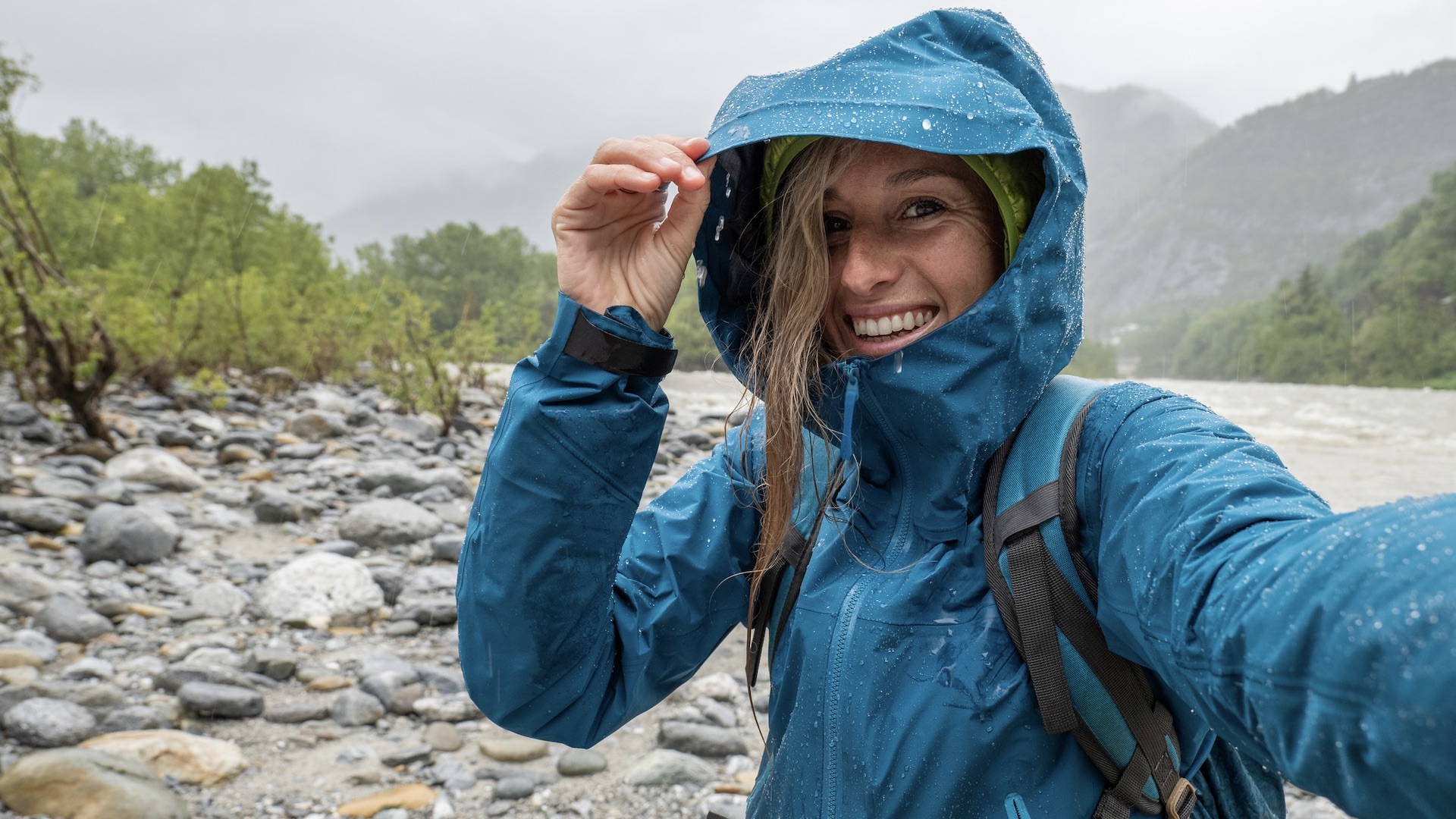
Year after year, it seems, more and more people get into hiking. The burgeoning number of hikers hasn’t occurred with the fanfare we’ve seen paddle boarding or gravel biking, but it’s easily become one of the most popular outdoor activities, with nearly 60 million Americans trying it in 2022 according to the Outdoor Foundation.
If you’ve noted the trend but are hesitant to try hiking, it’s most likely because of various myths and misconceptions that swirl around about hiking. Between marketing and access, it can be easy to think that the outdoor space isn’t for you, or that hiking is too easy or too hard.
I’ve been hiking for 30 years and I’ve heard all kinds of misunderstandings about what hiking is and who it’s for, and all of it ultimately keeps people off the trail. So I decided to debunk eight common myths and misconceptions about hiking in the hopes of encouraging you to try it.

1. You’re not welcome outdoors
I’m going to start with what I think is the biggest and most important misconception about hiking – that it’s only for certain people. To get more specific, you might have been led to believe, thanks to marketing efforts and the demographics on the trails, that hiking is only for athletic, middle-aged white folk. If you happen not to fall into that category, you could believe that you don’t belong on the hiking trails, but nothing could be further from the truth. There is no “right type” of person for the outdoors; the outdoor space is for everybody, and you belong here.

2. It’s just walking
Hiking is a form of walking, but it would be a mistake to think that just because you routinely walk around town to get to the shops and to work that you’ll find it easy. Hiking doesn’t have to take place on a steep mountainside – it can also happen in forests, on beaches and on coastal paths – but it generally does involve uneven terrain, longer distances and some elevation again, all which will require different muscles and more stamina and cardiovascular strength. Certainly being active will help more than going straight from the couch to the clifftops, but don’t be fooled into thinking it will be a walk in the park.
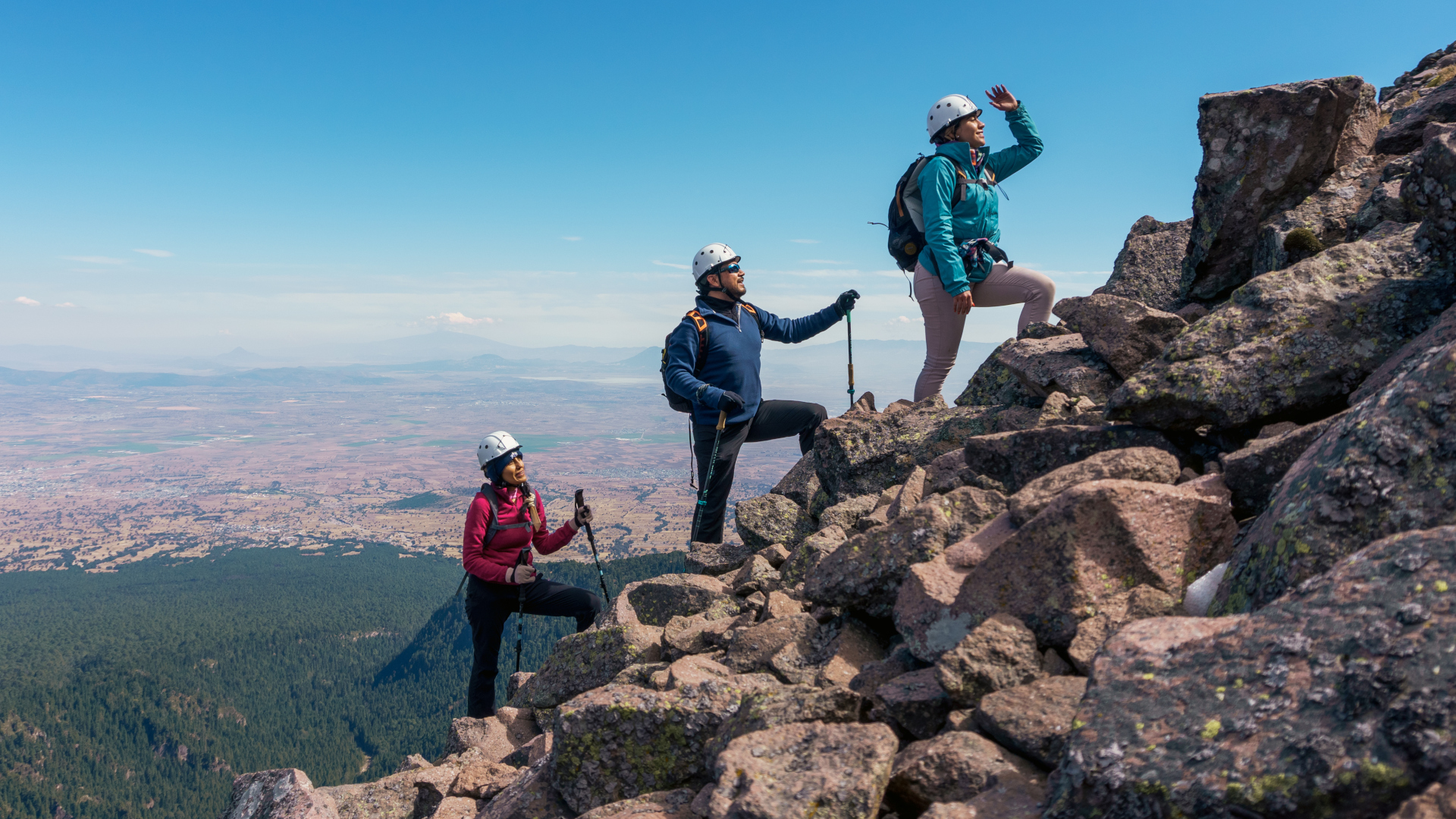
3. It’s boring
If your idea of adventure is activities like mountain biking, trail running and skiing, you’ll be used to speed and you may well associate momentum with excitement. Fair enough. But just because hiking moves at a slower pace does not mean it’s boring.
Not only can a hike be quite physically demanding, certain routes and mountains can be positively exhilarating, while moving slower allows you more time to take in the breathtaking views, admire natural features and spot wildlife – and nature is anything but boring.
All the latest inspiration, tips and guides to help you plan your next Advnture!
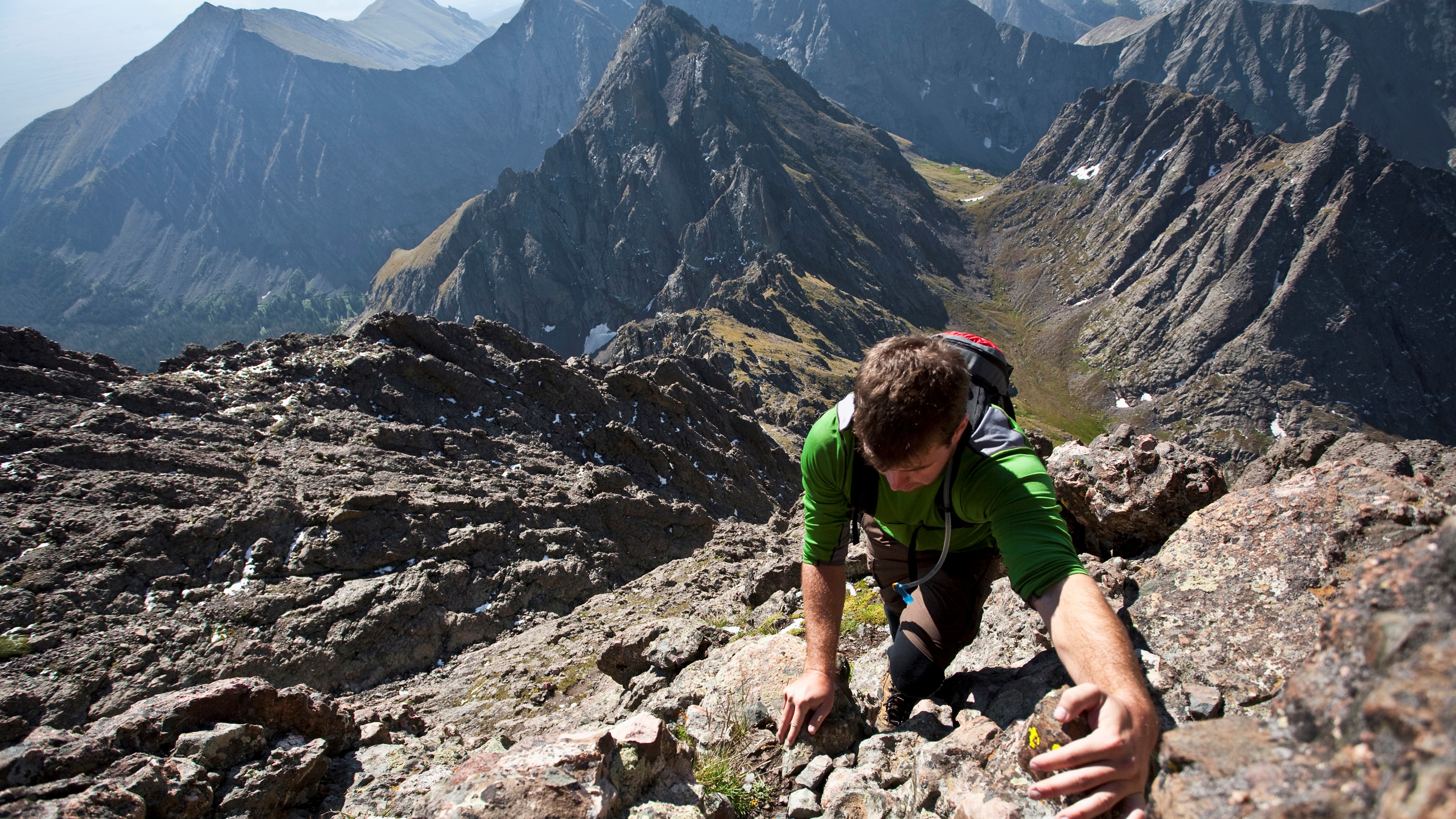
4. It’s for old people
Many outdoor activities like rock climbing and kayaking are certainly dominated by young daredevils, but when you hit the hiking trail, you might be surprised to see lots of older people out there. As a result, some people draw the conclusion that hiking is for old people, but actually this is a testament to how inclusive an activity it really is and the variety of people you meet out there should be a draw, not a barrier.
Hiking is brilliant for young people and an accessible way for anyone to build fitness, confidence and skills in the outdoors. If you have young ones yourself, check out our guide to best child carriers and start yours early.

5. You need boots to do it
Hiking has become practically synonymous with hiking boots, but believe it or not, the two don’t have to go hand-in-hand. Yes, the right pair of boots can provide you with fantastic traction and protection on rough terrain, but many hikers these days opt to hike in hiking shoes or even trail running shoes, preferring the lightweight comfort, and they find they have all the grip they need for success.
If it’s your first hike and you’re not tackling anything too gruelling, you can even start out in your sneakers if they have decent tread and see how it goes. Ultimately, good traction and some protection is vital for hiking, but if boots aren’t for you, or you can’t invest in them right now, don’t let that stand between you and the trail (just don’t go out in flip flops).

6. You need to be super fit to start
Kind of like how people think you need to be flexible to do yoga (you don’t), many of us assume that we need to be super fit to hit the trails. Now, it’s true that being fit and active will make hiking easier and more enjoyable, but hiking can also be a great way to build fitness in a healthy outdoor environment, otherwise known as green exercise.
If, for any reason, you’re out of shape, you probably don’t want to pick the tallest mountain in your state and head up it, but you can definitely still go hiking. Start with shorter, easier hikes and use nature as a training ground for a stronger, healthier body.
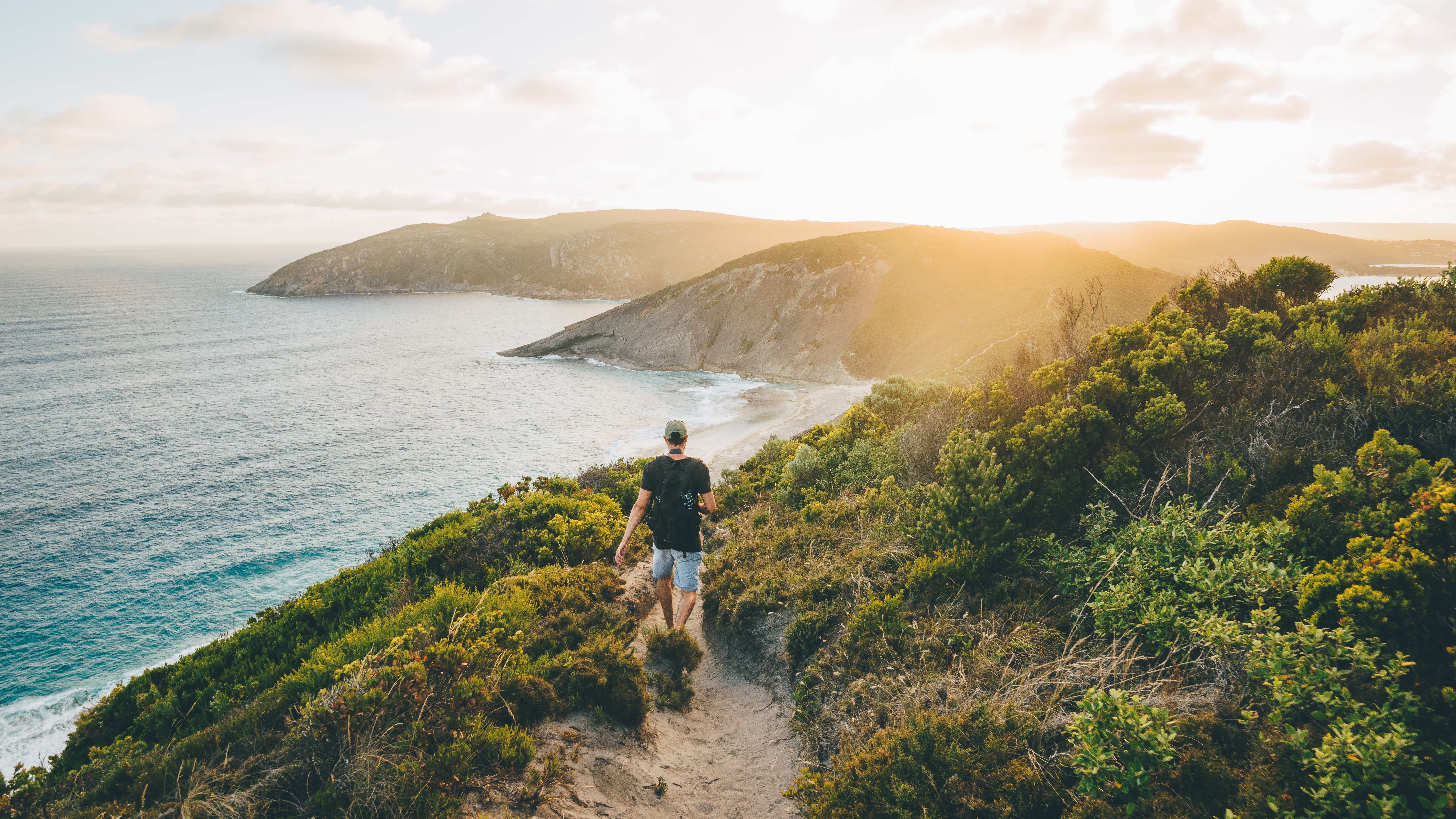
7. Wildlife is your biggest worry
Thanks to a preoccupation with wildlife stories involving hikers fighting off mountain lions and bears, there’s a good chance you’ll think that wild animals are your greatest threat. For the most part, they’re not, and any wildlife you encounter is much more likely to be of the adorable variety, like marmots.
Though you do need to understand and observe wildlife safety, wildlife encounters really are very rare – you’re much more likely to sprain an ankle, get a blister or wear too many clothes and overheat. In general, you can spend less time fretting about being stalked by a grizzly and more time honing your hiking skills to keep your risk level to a minimum.
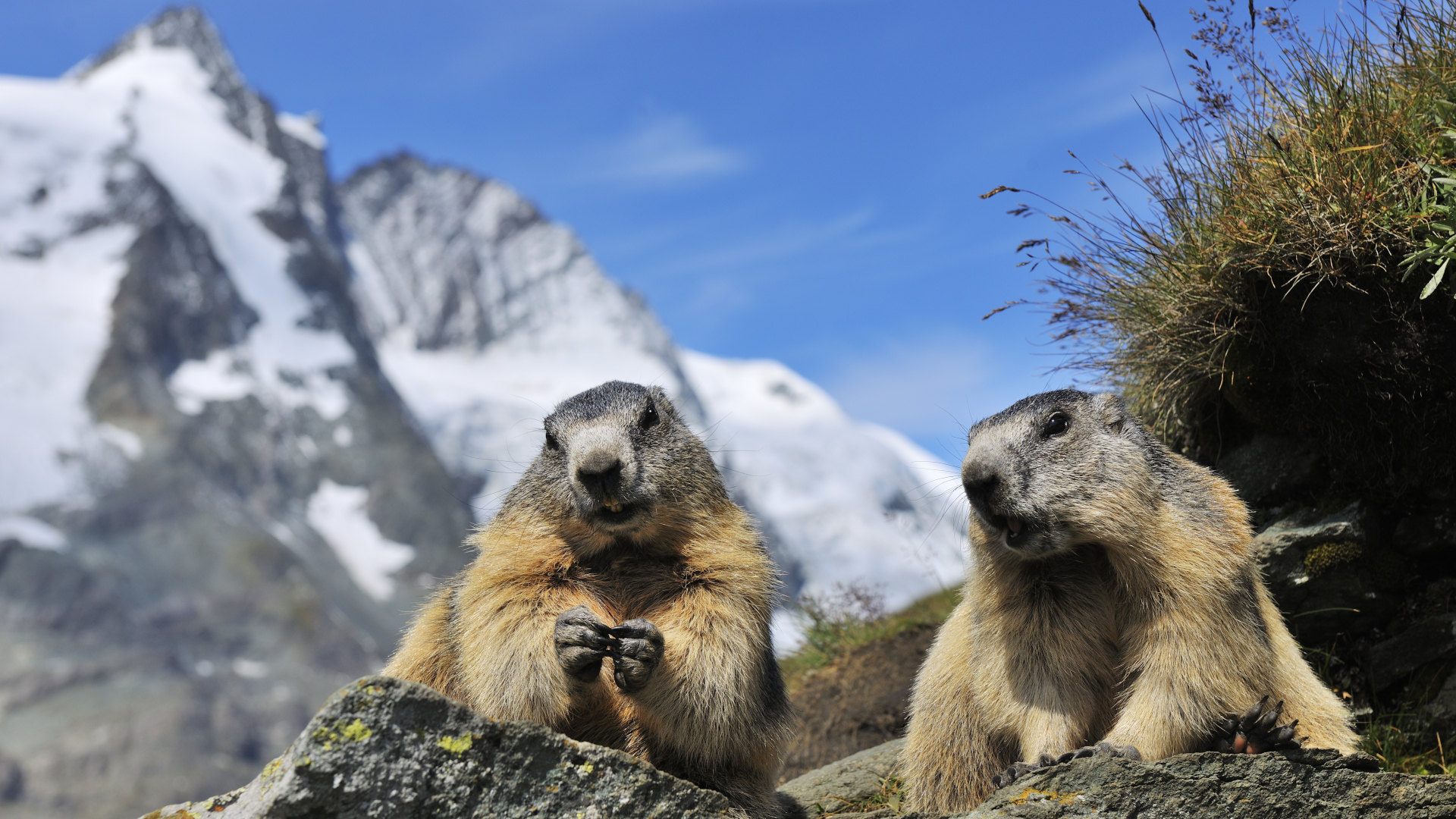
8. You need to buy a ton of gear
If your idea of a hiker is someone wearing a huge backpack with a sleeping pad attached to it carrying trekking poles, you might feel discouraged by the amount of gear that hiking requires, but please know that those hikers are most likely on a backpacking trip where they’ll be sleeping in the wild.
Day hiking doesn’t require too much gear – though there are some essentials you’ll want for starting out – and at least in the beginning, you’ll be able to use gear you already own. As I already mentioned, you can wear sneakers and even hike wearing gym clothes if you’re not expecting extreme weather, though you’ll usually need a waterproof jacket. You can start out using a backpack you already own and let’s be honest, just about any water bottle will do.
Once you start to love hiking, chances are you’re going to want to invest more in a good compass, a proper daypack and shoes with Vibram soles, but don’t believe the hype that you need to invest huge sums of money to get outdoors.
Julia Clarke is a staff writer for Advnture.com and the author of the book Restorative Yoga for Beginners. She loves to explore mountains on foot, bike, skis and belay and then recover on the the yoga mat. Julia graduated with a degree in journalism in 2004 and spent eight years working as a radio presenter in Kansas City, Vermont, Boston and New York City before discovering the joys of the Rocky Mountains. She then detoured west to Colorado and enjoyed 11 years teaching yoga in Vail before returning to her hometown of Glasgow, Scotland in 2020 to focus on family and writing.

